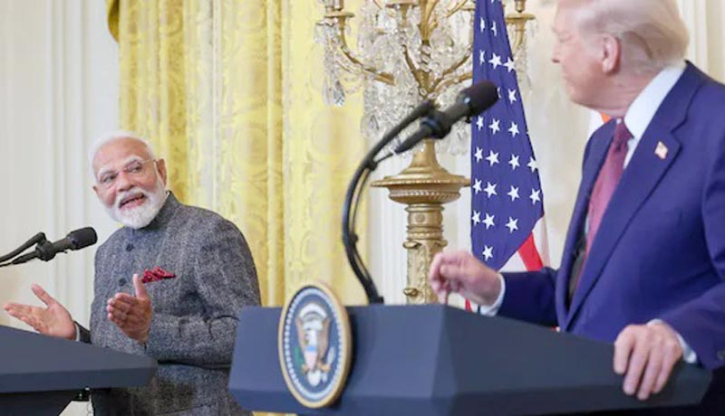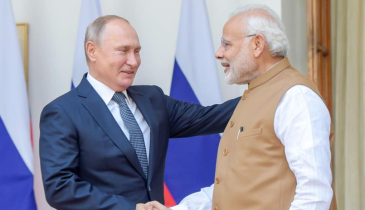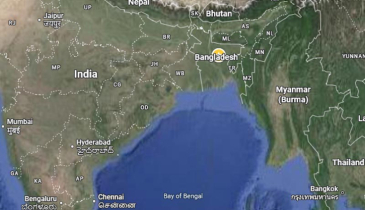India nears deal to slash US tariffs on Indian imports to 15%

India and the United States are on the verge of finalizing a long-awaited trade agreement that would sharply reduce US tariffs on Indian exports—from the current 50% down to around 15–16%, according to Indian media reports citing officials familiar with the discussions.
The breakthrough deal, which has been under negotiation for several years, is expected to cover key sectors such as energy, agriculture, and manufacturing, marking a major step toward restoring normal trade relations between the two nations after years of tariff disputes.
Trade and energy at the core of talks
The agreement reportedly involves a gradual phasing down of India’s imports of Russian crude oil, a key sticking point in Washington’s negotiations with New Delhi. The US has long expressed concern that India’s continued purchases of discounted Russian oil undermine Western sanctions imposed after Moscow’s invasion of Ukraine.
US President Donald Trump confirmed on Tuesday that he had spoken by phone with Indian Prime Minister Narendra Modi, saying their discussion focused primarily on trade and energy cooperation. “Prime Minister Modi assured me that India will limit its oil purchases from Russia,” Trump told reporters, adding that both leaders were optimistic about reaching a “fair and balanced” trade deal soon.
Modi also acknowledged the conversation, writing on X (formerly Twitter): “Thank you, President Trump, for your phone call and warm Diwali greetings. On this festival of lights, may our two great democracies continue to illuminate the world with hope and stand united against terrorism in all its forms.”
Agricultural concessions and tariff review
As part of the proposed deal, India may open its market to higher imports of US agricultural products, including non-genetically modified (non-GMO) corn and soymeal, media reports said. In return, Washington is expected to lower duties on Indian textiles, pharmaceuticals, and engineering goods—sectors that are crucial to India’s export economy.
Negotiators are also working on a mechanism to periodically review tariffs and market access, ensuring flexibility in future trade adjustments.
Broader implications
If finalized, the pact would represent the most significant improvement in US-India trade ties in nearly a decade, potentially restoring preferential treatment for Indian exports that was suspended in 2019. Analysts say the agreement could boost bilateral trade volume—which surpassed $190 billion in 2024—and strengthen the countries’ strategic alignment amid growing competition with China in the Indo-Pacific region.
Officials from both sides are expected to formalize the deal during a high-level meeting in South Korea later this month, where Trump and Modi are scheduled to meet in person.
.png)









